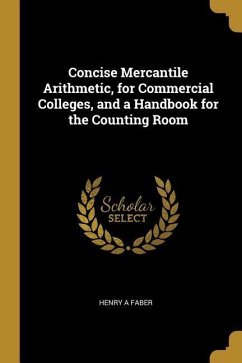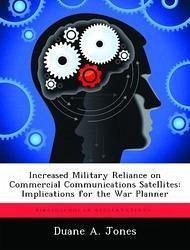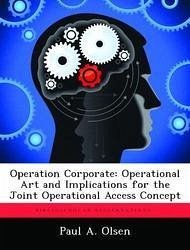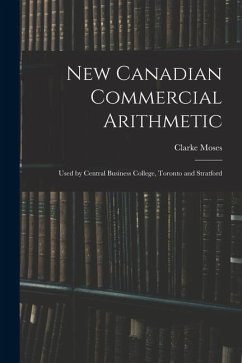Nicht lieferbar
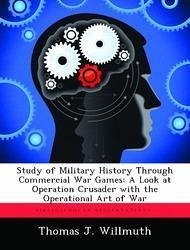
Study of Military History Through Commercial War Games: A Look at Operation Crusader with the Operational Art of War
Versandkostenfrei!
Nicht lieferbar
As the military scrutinizes and downsizes training budgets, the number of simulations for training, modeling, research, and education in the U.S. military continues to expand. The military endeavors to integrate these simulations into the military training life cycle, seeing them as essential for meeting military missions and goals in this era of reduced budgets, new military equipment, and strategies. There is little research on capitalizing on the commercial market's research and development for simulations. This study looks at one commercial simulation with a comparative analysis for the st...
As the military scrutinizes and downsizes training budgets, the number of simulations for training, modeling, research, and education in the U.S. military continues to expand. The military endeavors to integrate these simulations into the military training life cycle, seeing them as essential for meeting military missions and goals in this era of reduced budgets, new military equipment, and strategies. There is little research on capitalizing on the commercial market's research and development for simulations. This study looks at one commercial simulation with a comparative analysis for the study of military history. Although this study just scratches the surface of the potential to tap into this great resource, it recognizes the limitations of current commercial simulations and the balance required in their use for historical analysis. This military history review focus is on the operational command level decisions of Operation Crusader. Operation Crusader was the desert clash between the German task force led by General Rommel and the Allied task force led by British General Auchinleck in November of 1941, using The Operational Art of War, a war game published by Talonsoft (1998). This study looks at the commercial game's use to educate military leaders to a critical analysis of examining possible command-level decisions. This study addresses this by using seven officers from different branches (infantry, armor, intelligence, engineer, aviation, quartermaster, and field artillery) who have never played The Operational Art of War, and an analysis of their experience playing the game. This work has been selected by scholars as being culturally important, and is part of the knowledge base of civilization as we know it. This work was reproduced from the original artifact, and remains as true to the original work as possible. Therefore, you will see the original copyright references, library stamps (as most of these works have been housed in our most important libraries around the world), and other notations in the work. This work is in the public domain in the United States of America, and possibly other nations. Within the United States, you may freely copy and distribute this work, as no entity (individual or corporate) has a copyright on the body of the work. As a reproduction of a historical artifact, this work may contain missing or blurred pages, poor pictures, errant marks, etc. Scholars believe, and we concur, that this work is important enough to be preserved, reproduced, and made generally available to the public. We appreciate your support of the preservation process, and thank you for being an important part of keeping this knowledge alive and relevant.






